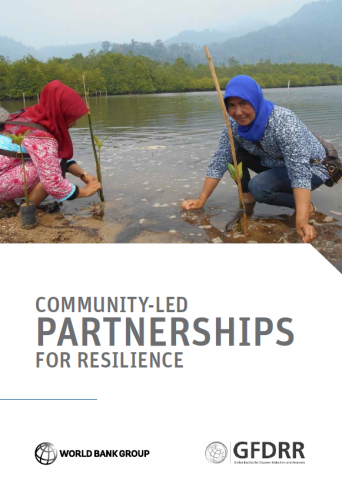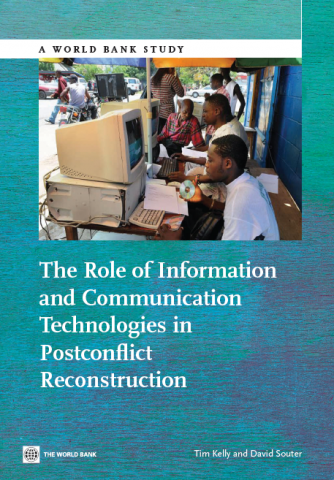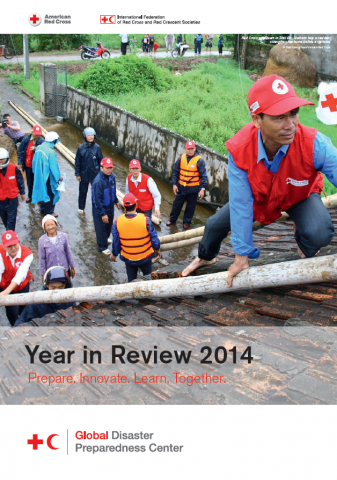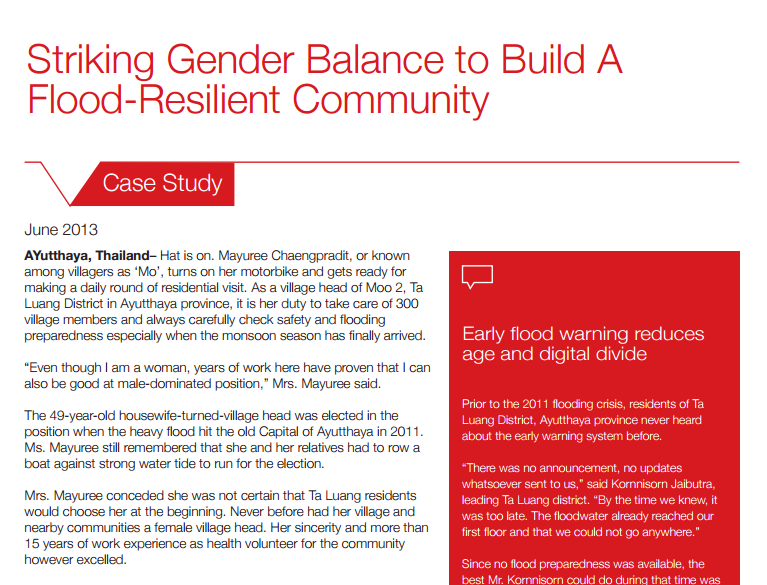Community-led partnerships for resilience
Organized communities living and working in hazard prone settlements bring perspectives and priorities to policy discussions that are distinct from the rest of civil society. This report documents a number of case studies where grassroots women’s organizations are working in partnership with their local or national governments to effectively manage disaster and climate risk in […]
Community-led partnerships for resilience Read More »




